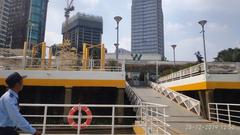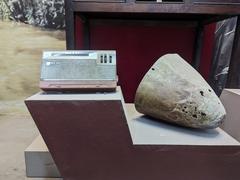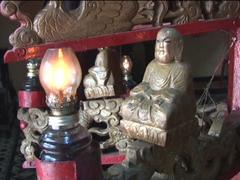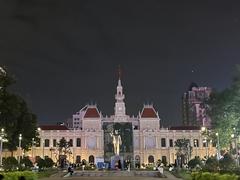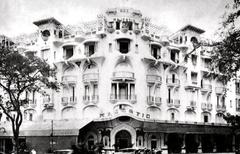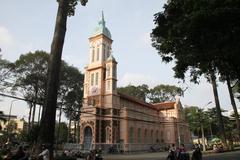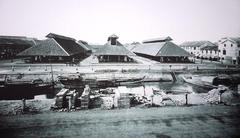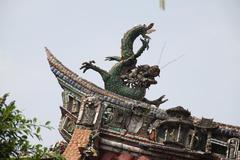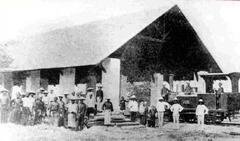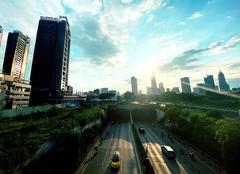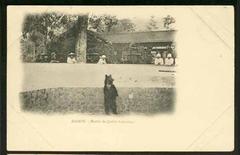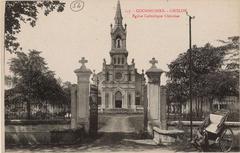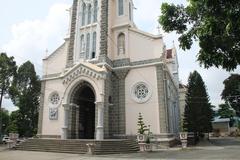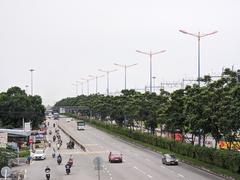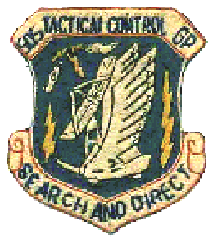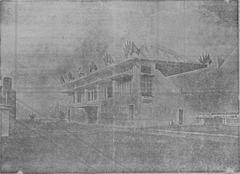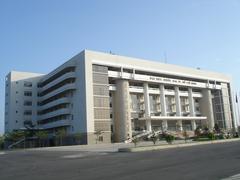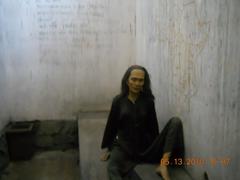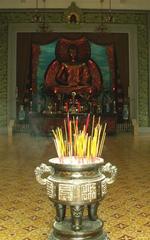Comprehensive Guide to Visiting Historical Sites in Phường 13, Ho Chi Minh City, Vietnam
Date: 16/08/2024
Introduction
Phường 13, situated in the heart of Ho Chi Minh City, Vietnam, is a neighborhood that encapsulates the rich tapestry of the region’s history, culture, and modern development. Known for its significant historical events, cultural landmarks, and vibrant community life, Phường 13 offers a unique experience for both history enthusiasts and casual travelers. From its origins as a Cham settlement called Baigaur, through its transformation under Cambodian and Vietnamese influences, to its role during the French colonial era and the Vietnam War, Phường 13 is a living testament to the resilience and adaptability of its residents. Today, it stands as a bustling commercial hub where ancient traditions coexist with modern advancements, making it an ideal destination for those looking to explore the multifaceted history and culture of Ho Chi Minh City (Wikipedia, Planetware).
Table of Contents
- Introduction
- Historical Background
- Notable Landmarks and Attractions
- Visitor Information
- Nearby Attractions
- Special Events and Photographic Spots
- Modern Challenges and Developments
- FAQ
- Conclusion
Historical Background
Early Settlement and Formation
The area now known as Phường 13 has a complex history dating back to its early settlement periods. Initially a Cham settlement called Baigaur, it was later taken over by the Cambodians and renamed Prey Nokor, a small fishing village (Wikipedia). Vietnamese settlers began migrating in the early 17th century, marking significant Vietnamese influence. In 1623, Lord Nguyen sent a mission to establish tax collection stations in Prey Nokor, strategically located on traffic routes between Vietnam, Cambodia, and Siam (Wikipedia).
Nguyễn Dynasty Rule
In 1679, Lord Nguyễn Phúc Tần allowed Chinese refugees from the Qing dynasty to settle in Mỹ Tho, Biên Hòa, and Saigon, which included the area now known as Phường 13 (Wikipedia). This influx of Chinese settlers contributed to the region’s cultural and economic development.
French Colonial Era
The French colonial era brought significant changes to the area. Ceded to France by the 1862 Treaty of Saigon, the city was planned by the French to transform into a large town for colonization. Various French-style buildings were constructed, including a botanical garden, the Norodom Palace, Hotel Continental, Notre-Dame Cathedral, and Bến Thành Market (Wikipedia). This architectural influence led to Saigon, including Phường 13, being known as the “Pearl of the Orient” or “Paris of the Extreme Orient” (Wikipedia).
Republic of Vietnam Era
This era was marked by political and social upheaval. On 28 April 1955, the Vietnamese National Army launched an attack against the Bình Xuyên military force in the city, resulting in an estimated 500 deaths and 20,000 homeless (Wikipedia). The area witnessed the self-immolation of Buddhist monk Thích Quảng Đức in 1963 and the Tet Offensive in 1968. Saigon was captured on 30 April 1975, ending the Vietnam War with a victory for North Vietnam (Wikipedia).
Post-Vietnam War and Modern Era
In 1976, Saigon was combined with the province of Gia Định and two suburban districts to create Ho Chi Minh City, in honor of the late Communist leader Ho Chi Minh (Wikipedia). The administrative divisions have been revised numerous times since then, most recently in 2020, when District 2, District 9, and Thủ Đức District were consolidated (Wikipedia).
Cultural and Economic Renaissance
Ho Chi Minh City, including Phường 13, is currently experiencing an economic and cultural renaissance. The city is a bustling commercial hub where old abuts new with striking contrast. Temples huddle amid skyscrapers, and locals cast bamboo fishing rods into the Saigon River (Planetware). The area is known for its vibrant street food culture, with popular dishes like Phở and Bánh Mì drawing both locals and tourists (Pinoy Adventurista).
Notable Landmarks and Attractions
Phường 13 is home to several notable landmarks and attractions. Đầm Sen Park is a popular recreational area offering various activities for families and tourists. Thong Nhat Stadium is known for hosting sports events (Mapcarta). The area is also close to Chợ Lớn, the city’s Chinatown, famous for its bustling markets and traditional Chinese architecture (Wikipedia).
Visitor Information
Opening Hours and Ticket Prices
- Đầm Sen Park: Open daily from 9 AM to 6 PM. Ticket prices vary based on activities.
- Thong Nhat Stadium: Check the official website for event schedules and ticket prices.
Travel Tips and Accessibility
- Be cautious of pickpockets in crowded areas like Ben Thanh Market.
- Respect local customs and traditions.
- Many attractions are wheelchair accessible; check ahead for specific accessibility features.
Nearby Attractions
- War Remnants Museum: A short drive from Phường 13, this museum offers a sobering look at the Vietnam War.
- Notre-Dame Cathedral Basilica of Saigon: A beautiful example of French colonial architecture.
Special Events and Photographic Spots
- Tet Festival: Celebrated during the Lunar New Year, this festival features vibrant parades and cultural performances.
- Best Photographic Spots: Đầm Sen Park and Chợ Lớn are ideal for capturing the essence of Phường 13.
Modern Challenges and Developments
Despite its rapid development, Phường 13 faces challenges such as poverty and social inequality (The Metropole). However, the residents exhibit a certain “social edginess” and actively participate in the opportunities created by urban expansion (The Metropole).
FAQ
What are the visiting hours for Phường 13?
While Phường 13 itself is a neighborhood, specific attractions like Đầm Sen Park and Thong Nhat Stadium have their own visiting hours.
Are there guided tours available?
Yes, several guided tours are available that cover the major attractions in Phường 13 and surrounding areas.
Is Phường 13 accessible for people with disabilities?
Many attractions in Phường 13 are wheelchair accessible. It’s advisable to check specific accessibility features ahead of your visit.
Conclusion
Phường 13 in Ho Chi Minh City offers a fascinating blend of historical and cultural elements that cater to both history enthusiasts and casual travelers. From its early settlement periods to modern-day challenges and developments, the area is a testament to the resilience and adaptability of its residents.
Call to Action
Explore more about Phường 13 and Ho Chi Minh City by downloading the Audiala mobile app. Check out related posts and follow us on social media for more updates.
